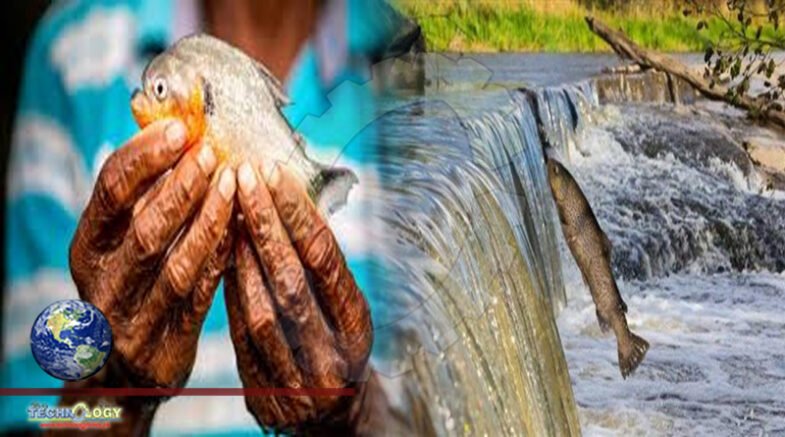According to new findings, The world’s freshwater biodiversity is declining at twice the rate of marine life.

According to new findings, freshwater biodiversity is declining at twice the rate of marine life.
The world’s freshwater fish population is rapidly declining due to various reasons, including but not limited to climate change, overfishing, habitat destruction, etc. A new report lists all the ways freshwater biodiversity is facing extinction and also comprises a list of solutions that can help bring it back from the brink. The report, titled World’s Forgotten Fishes, has been published after a combined effort from 16 global conservation organizations including the World Wildlife Fund (WWF). The WWF believes that while deforestation, wetland degradation, ocean pollution, etc have become mainstream concerns, freshwater biodiversity has not made a blip on the global radar.
Freshwater diversity includes fish and other life forms that live in rivers, lakes and wetlands. According to a press release, freshwater biodiversity is declining at twice the rate of marine life. One in three freshwater fish species is already threatened with extinction. In 2020 itself, 16 species were declared extinct by the IUCN Red List of Threatened Species. These are disturbing statistics, as 51 percent of all known species of fish live in freshwater.
The main cause for the destruction of its ecosystem are:
Habitat destruction
Hydropower dams on free-flowing rivers
Over-abstraction of water for irrigation
Domestic, agricultural and industrial pollution
Overfishing
Destructive fishing practices
Introduction of invasive non-native species
Climate change
Unsustainable sand mining
Wildlife crime
Freshwater fish is an important source of food and income for many people and also supports two major industries – recreational fishing and pet fish.
Also known as sport fishing, this industry generates over US$100 billion annually, while the aquarium fish industry is worth up to US$30 billion.
Freshwater fish is key in local ecosystems and can provide food for 200 million people in Asia, Africa and South America. It is also a source of income for 60 million people around the world. According to a report by Down to Earth, around 2.5 and six percent of the global agricultural workforce work in freshwater fisheries.
Originally published at firstpost
